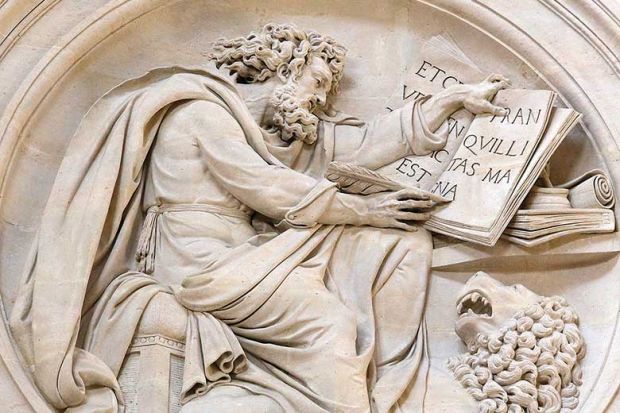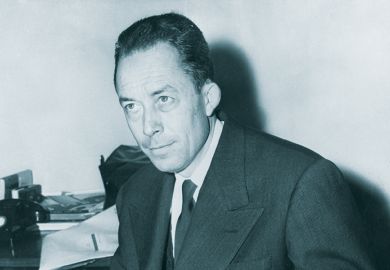Over the millennia, many questions have been asked of the four New Testament gospels: Matthew, Mark, Luke and John. Who wrote them? When? Where?
Why do the gospels differ so sharply from one another? In the past few centuries, there has arisen a consensus, though not unanimity, that Mark was the earliest of the four, that Matthew and Luke came next and that John came last. There is also a consensus that Matthew was a Jewish Christian and Luke a Gentile Christian – and that both had Mark before them when they composed their works. How else, it has been asked, can we account for both the similarities and the differences between Matthew and Luke? John has conventionally been seen as an independent work, influenced by pagan philosophy and gnosticism.
But there are also quite a few gospels that never made it into the Bible. For example, the Infancy Gospel of Thomas and the Gospel of Truth. Of them, the question continually asked is: why not? Were the reasons geographical, political or outright theological?
In Gospels before the Book, Matthew Larsen, who teaches at Yale University, challenges the assumption made by all sides: that the gospels as we have them are whole, complete books written by individual authors. He argues that this assumption is anachronistic: the four works did not come together until several centuries after their presumed dates. What we have are not finished texts but disparate notes and sections. The false assumption that they are finished has shaped the way that we read, or misread, them.
Larsen takes his evidence less from discordances within each gospel and more from the forms that writings took in the ancient world. He offers many case studies of works by Christian, Jewish and above all pagan thinkers. He considers Cicero, Caesar, Plato, Plutarch and Galen. His Jewish examples are Philo, Josephus and the apocryphal section of the Bible sometimes known as 4 Esdras. His Christian examples include Irenaeus. Many of their writings turn out to be mere drafts. Larsen claims the same about the gospels.
How does this change our understanding of the texts? Larsen does not cite specific stories or statements that would be seen differently if we heeded his argument. Instead, he implies that his originality is comparable to that of the scholars who argued that works of any kind that originally circulated orally became very different once written down. But his book is not quite on a par with Albert Lord’s The Singer of Tales (1960), which transformed our understanding of Homer. Recent research on the influence of the printing press is discussed by Larsen, but printing came on the scene long after the gospels were taken as finished works.
Finally, the contemporary trend that he rejects is epitomised by what is known as “the Bible as literature”. Professional literary critics such as Robert Alter and Frank Kermode show how books of the Bible taken as finished wholes convey ideas that the division of the Bible into pieces does not.
Robert A. Segal is 6th century chair in religious studies at the University of Aberdeen and the author of Myth: A Very Short Introduction (second edition, 2015).
Gospels before the Book
By Matthew D. C. Larsen
Oxford University Press, 248pp, £25.99
ISBN 9780190848583
27 September 2018
POSTSCRIPT:
Print headline: Breaking down Bible studies
Register to continue
Why register?
- Registration is free and only takes a moment
- Once registered, you can read 3 articles a month
- Sign up for our newsletter
Subscribe
Or subscribe for unlimited access to:
- Unlimited access to news, views, insights & reviews
- Digital editions
- Digital access to THE’s university and college rankings analysis
Already registered or a current subscriber? Login








